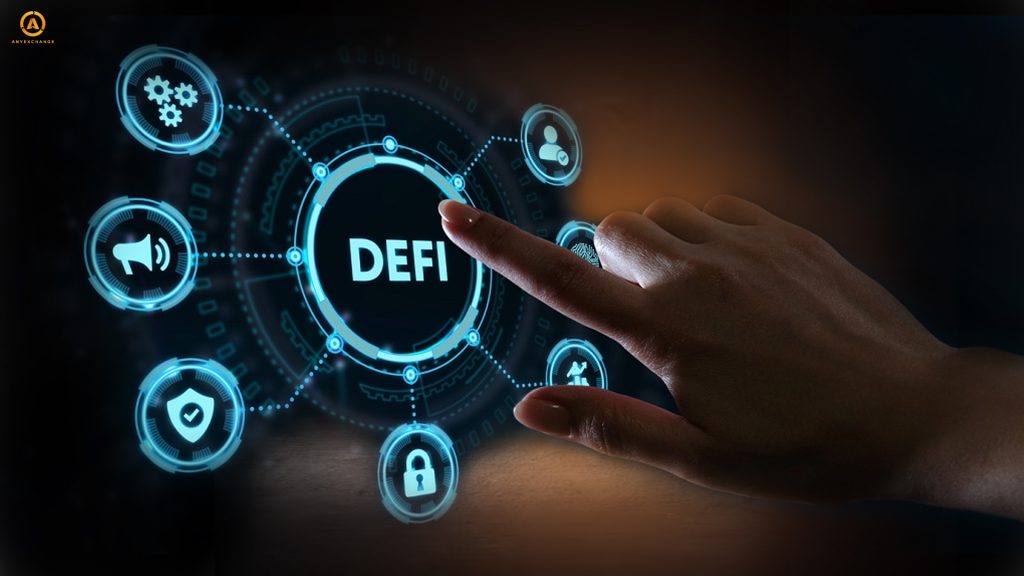
The current year has been associated with the most contradictory predictions. First of all, analysts speculated about how bitcoin would behave. After all, most trends in the digital assets sector depend on the situation with the first cryptocurrency, which makes up more than 50% of the total market capitalization.
And here, BTC has increased in value sharply in 2023, before the next upcoming halving, regardless of all the laws of cyclicality. Therefore, the opinions of crypto specialists in assessing the prospects differed significantly. Is the growth potential exhausted by the results of 2023, or should we still count on a triumphant continuation?
Let’s look at the current trends of cryptocurrencies at the end of the first half of 2024: how events developed and what trends can be expected in the future from the main cryptocurrency and the market as a whole.
General situation of the cryptocurrency market
Preconditions
As the current paradigm for assessing the main trends in the development of the segment of cryptocurrencies and blockchain technologies, the bitcoin cyclicality model is traditionally used.
The last jump in BTC (it was marked by the third cycle of the market) we observed in 2021, when the price of the main coin reached its current maximum of $69,000. Then bitcoin lost about 80% of its value and fell silent in anticipation of a new wave of growth. And the market froze in the phase of cryptozyme and preparation for a new, fourth, bull cycle.
And so BTC opened 2023 with a value of $16,500 and closed at $42,300 (!). The world’s largest cryptocurrency, which is the driving force behind the entire digital asset industry, ended the period as one of the most profitable assets, outperforming gold, NASDAQ stocks and the S&P500. Bitcoin saw growth of 160%. According to financial analysts, cryptocurrency investment volume reached 2021 levels by the end of 2023, and the industry’s market capitalization more than doubled from $829 billion to $1.72 trillion.
This has led some analysts to claim that the next bull cycle has already begun in June 2023. At the same time, most experts were not ready to explore the scope of the bull market, which usually lasts about a year. They expected the launch of bitcoin ETFs and the halving of the main coin in 2024 as additional drivers of increased market capitalization and, consequently, even greater optimism among institutional investors. And they were absolutely right.
What we see now
The first half of this year continued to show positive momentum: the market is not slowing down its growth rate – its capitalization reached $2.27 trillion, which is 37.3% more than a year ago. This data was provided by Binance Research in the next report for the period from January to June 2024 inclusive. It noted the recovery of most sectors of the crypto industry (with few exceptions) on the back of the launch of spot ETFs and the halving of bitcoin, as well as other equally important events. Let’s take a closer look at the information in this report.
Layer 1 Solutions Landscape

L1 solutions (bitcoin, ethereum and other altcoins) continued their strong development:
The state of Layer 2
Layer 2 solutions have shown high activity in airdrops. Token rewards were distributed to participants in the highly anticipated airdrops of ZKSync, LayerZero, Blast, and other L2 protocols.
Such directional stimulation resulted in an increase in the TVL (total blockchain value) of Layer 2 solutions to $43 billion, driving 90%(!) growth in the segment.
Decentralized Finance Sector (DeFi)

Stable coins
Here too, experts are optimistic and note a significant recovery of direction after the general decline, complicated by the collapse of TerraUSD (UST). Analysts note that the segment has only 14.5% to gain to reach the 2022 high. Stablecoin market capitalization stood at $161 billion as of June 30, the highest in two years.
In terms of individual stablecoins: USDT continues to dominate confidently, maintaining 70% of the market share, but it shows no evolution in this indicator. At the same time, Circle’s USDC and Ethena’s USDe saw their shares grow (by 1.4% and 2.1%, respectively).
NFT and tokens of gaming projects

The NFT sector did not have the same convincing gains. Analysts from the Binance Research team softly defined the first six months as “turbulent” for the market of non-replaceable tokens. Here, the experts noted a significant drop in coin prices of leading projects (many fell by half) and sales volumes.
Blur managed to maintain its leading position with the successful airdrop of Blast tokens. Another high-profile project was the release of the Pudgy Penguins physical NFT toy, which generated over $500,000 in the first two days of sales on Amazon.
The Web3 gaming sector held a strong position in the first quarter, but in the second quarter gaming tokens fell significantly in market capitalization. Despite this, the number of users grew rapidly. Projects such as Pixels and Hamster Kombat attracted millions of new players worldwide.
What analysts expect in the second half of 2024
Last year and the first half of this year, the market showed impressive results. What trends do experts expect to continue in the near future?
In conclusion
So, we can see that according to analysts, crypto market forecasts for this year continue the positive trend that started in 2023. The main destabilizing factor that could lead to increased volatility, reduced investor optimism and even more regulatory uncertainty is the upcoming US presidential election. At first glance, Joe Biden’s withdrawal from the race meant the victory of Donald Trump, from whom the crypto industry expected the most favorable treatment. However, the situation seems to be developing ambiguously and it is still unknown what position the still mysterious Kamala Harris will take. All that is known so far is that, according to the 2023 White House financial disclosure, neither Harris herself nor her spouse have a single satoshi in cryptocurrency.
Thank you for your attention. Invest safely and profitably!
AnyExchange is an exchanger through which you can convert cryptocurrency safely and at the most favorable exchange rate. Our platform also offers fast money transfers worldwide.






